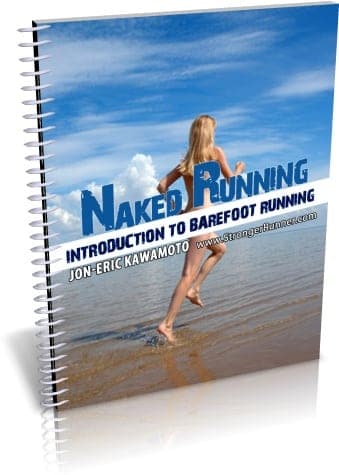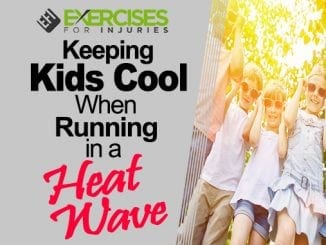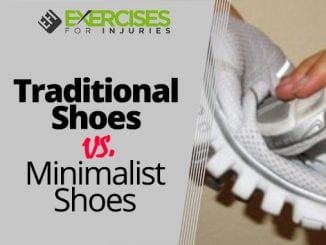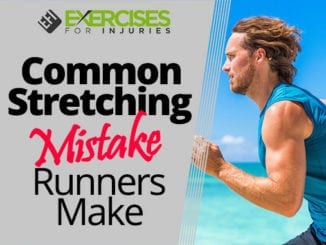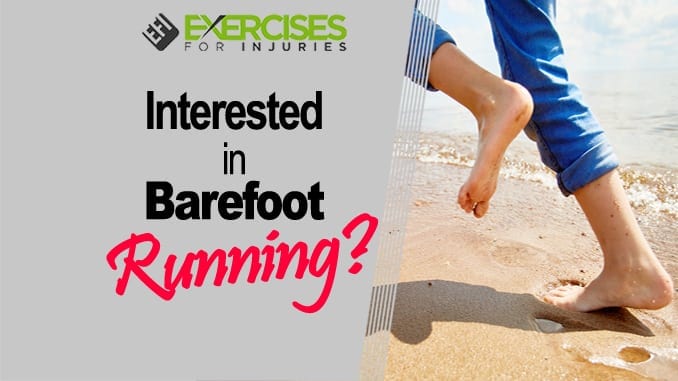
Barefoot running provides an alternative to traditional running, focusing on natural motion, strength, and balance. It also challenges your endurance and speed while helping you avoid common running-related injuries. If you are interested in trying out this form of exercise, keep reading to learn more about the benefits of barefoot running and how to get started.
Today I have a guest blog post for you.
It is with Jon-Erik Kawamoto.
In the guest blog post, Jon-Erik talks about something that has been a buzz in the fitness industry of late, barefoot running.
Take it away, Jon-Erik.
To Barefoot Run?
I’ve asked lately what I thought about barefoot running and found myself unable to answer. While I have read that everyone should run barefoot because it reduces injury risk and forces a more natural running stride, I also read that barefoot running wasn’t for everyone. Apparently, because of the barefoot running craze, physical therapists were still busy with running injuries, not from those wearing supportive shoes, but those who thought they could run mile after mile barefoot!
This entertaining book comes highly recommended to running enthusiasts and is about the Tarahumara tribe based in northern Mexico. This tribe is also known as Rarámuri, which means “runners on foot” or “those who run fast.” The Rarámuri run in homemade sandals that only provide a thin barrier to the rocky, desert terrain – without injury. This is a fascinating fact considering they run incredibly long distances (up to and more than 100 miles at a time).
Mechanics of Running Barefoot
The experts say running without shoes is very different from running in typical thick-soled running shoes. Landing on your heel and rolling to your toes slows you down. The decelerative force into the ground and the force sent up the leg can cause injury. A barefoot runner typically strikes the ground with the mid-part of the foot rather than the heel, resulting in less body stress and, consequently, minor injury.
Running or walking barefoot strengthens your intrinsic foot muscles by absorbing impact when your mid-foot strikes the ground first. The heel makes an impact and then you push off into your next stride.
Below is one study that might make you think twice the next time a running shoe store employee tells you what shoe you NEED to buy.

Footwear Stability
The effect of three different levels of footwear stability on pain outcomes in women runners: a randomized control trial
This study randomly assigned shoe category types (neutral, stability, and motion control) to 3 groups of different foot posture types (neutral, pronated, and highly pronated). All runners were female and undertook a 13-week half marathon training program. Thirty-two percent of the runners missed training days due to pain/injury. Many runners felt pain when correctly assigned the proper running shoe compared to being given the “incorrect” level of support. This study concludes that the “current approach of prescribing in-shoe pronation control systems based on foot type is overly simplistic and potentially injurious.”
This research study made me question the validity of companies and websites that claim to analyze your needs by asking a few questions and then determining which of their products is best for you.
On the other side of the spectrum, I discovered the following website, which argues that less is more in a running shoe: www.youarethetechnology.com.
A new way to think about running
End of part 1.
Rick Kaselj, MS


